If you’ve travelled along the A923 between Dundee and Coupar Angus you’ll have passed Pitcur Castle – but have you ever noticed the 16th Century tower house?
Unless you’re driving at snail’s pace, cycling or walking, then you probably won’t have spotted it, as it sits just off the busy road, close to the notorious Tullybaccart bends on the Hallyburton estate.
It was a particularly dreich day when I set out to explore the ruined fortress. I headed there after checking out nearby Pitcur earth house, a curious, little-known underground structure, also known as a “souterrain”, discovered in 1878 by a farmer.
I left my car in a layby and trudged up the A923, turning off at a road leading to Pitcur Farm.
Despite being a roofless ruin, the castle, spread over four storeys, is an impressive beast.
For starters, the round-arched entrance still boasts an iron gate known as a “yett”.
At one time, this robust barrier would have helped protect the castle from thieves and intruders, with the horizontal and vertical bars ingeniously interlaced, each being welded alternately around the other.
Fascinating finds in Pitcur Castle
The gate is no longer bolted, and while a little stiff, it’s easy enough to swing it open.
I was glad to get inside, because despite having no roof, the ruin still affords a fair bit of shelter.
There’s a fireplace and the remains of two barrel-vaulted cellars on the ground floor, and further up, a series of gun loops.
A fallen tree on what remains of the first floor was enough to entice me into wondering whether I could use it to help me get up there.
Now, readers, I wouldn’t advise this – it’s a dangerous, unstable structure – but I must admit, curiosity got the better of me.
So yes, I dragged myself up onto the upper level, getting my trousers and jacket muddy in the process, and slightly scraping my knee. Serves me right, really!
Covered in ivy
I was treated to a fantastic view of the castle’s interior, and the discovery of another cool fireplace and walls and windows covered in ivy.
Getting back down was trickier – like I say, I do NOT advise trying this.
It’s enough just to wander round the ground floor, peering into the cellars with a torch and gazing up to the upper levels.
There’s the remains of what appears to be a walled garden outside the castle, but the only thing growing in it appears to be grass and weeds.
Back at home, I enjoyed delving into the castle’s colourful history, although very little is recorded about it.
It was built as the principal residence of the Haliburtons of Pitcur at some stage in either the late 15th or early 16th Century.
Haliburton the Huge
The laird, David Haliburton, was described in The Courier on June 10, 1989, as a “very fat man”… “so fat that he was nicknamed Haliburton the Huge”.
Haliburton was said to be a staunch supporter of John Graham of Claverhouse, who was created the 1st Viscount of Dundee in 1688, and later nicknamed “Bonnie Dundee”.
In 1689, Graham led a Jacobite rising in which he died, becoming a Jacobite hero.
When the rising broke out, Lord Haliburton was alleged to have answered the call by leaping on his horse in his castle courtyard, his vast bulk breaking the poor creature’s back.
It was only with great difficulty that his servants managed to find a horse strong enough to carry him.
A fearsome sight
Haliburton was said to be a fearsome sight when he charged into battle, and was described as a “moving castle in the shape of a man”.
Alas, it was his immense size that was his downfall, as he made an inviting target for the enemy artillery.
He died alongside Bonnie Dundee, aka John Graham of Claverhouse, at the Battle of Killiecrankie and both are remembered in the famous folk song, The Braes O’ Killiecrankie.
The song includes the verses: “The bauld (brave) Pitcur fell in a furr (ditch), And Clavers gat a clankie, oh (Clavers was killed). And there they fed the Atholl gleds (birds of prey). On the braes o’ Killiecrankie-o.”
They achieved the glory of warriors’ deaths, although Haliburton’s widow and son had a high price to pay, with his estate being pillaged by followers of King William III of England, who deposed King James II and VII in 1688.
- Stay safe when exploring ruined buildings. Climbing up to reach the upper level of Pitcur Castle is not advised.
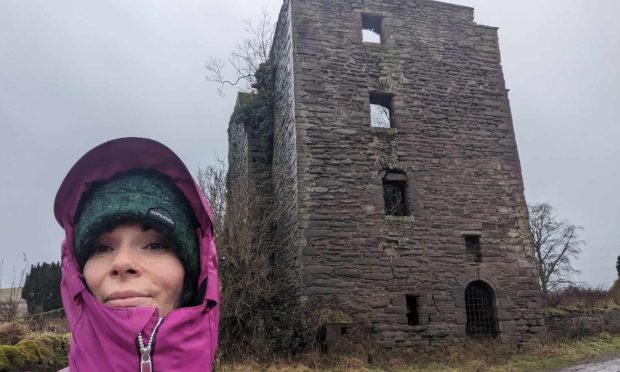


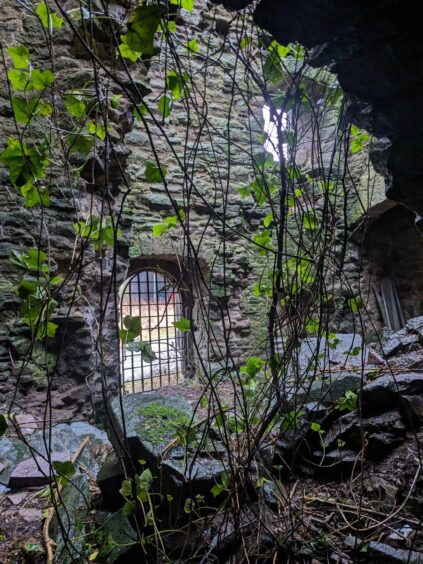
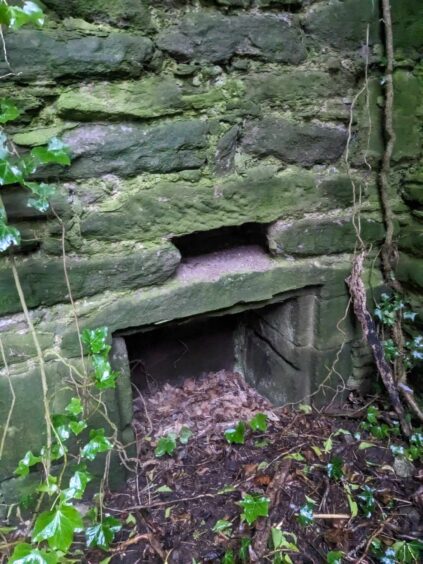
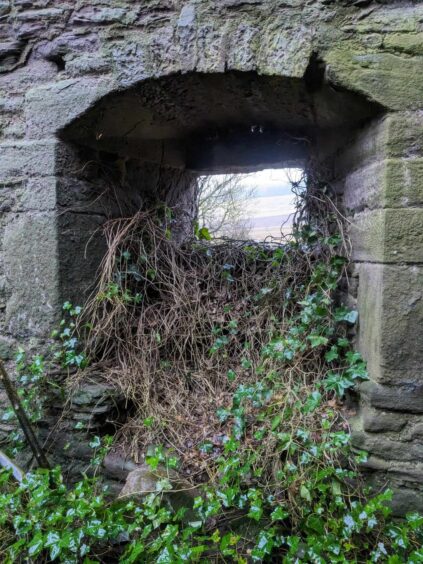
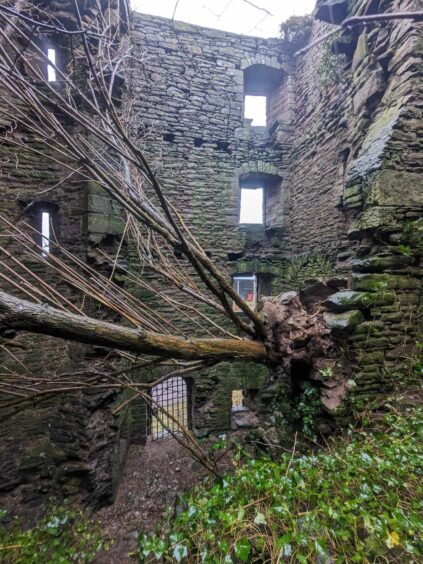











Conversation